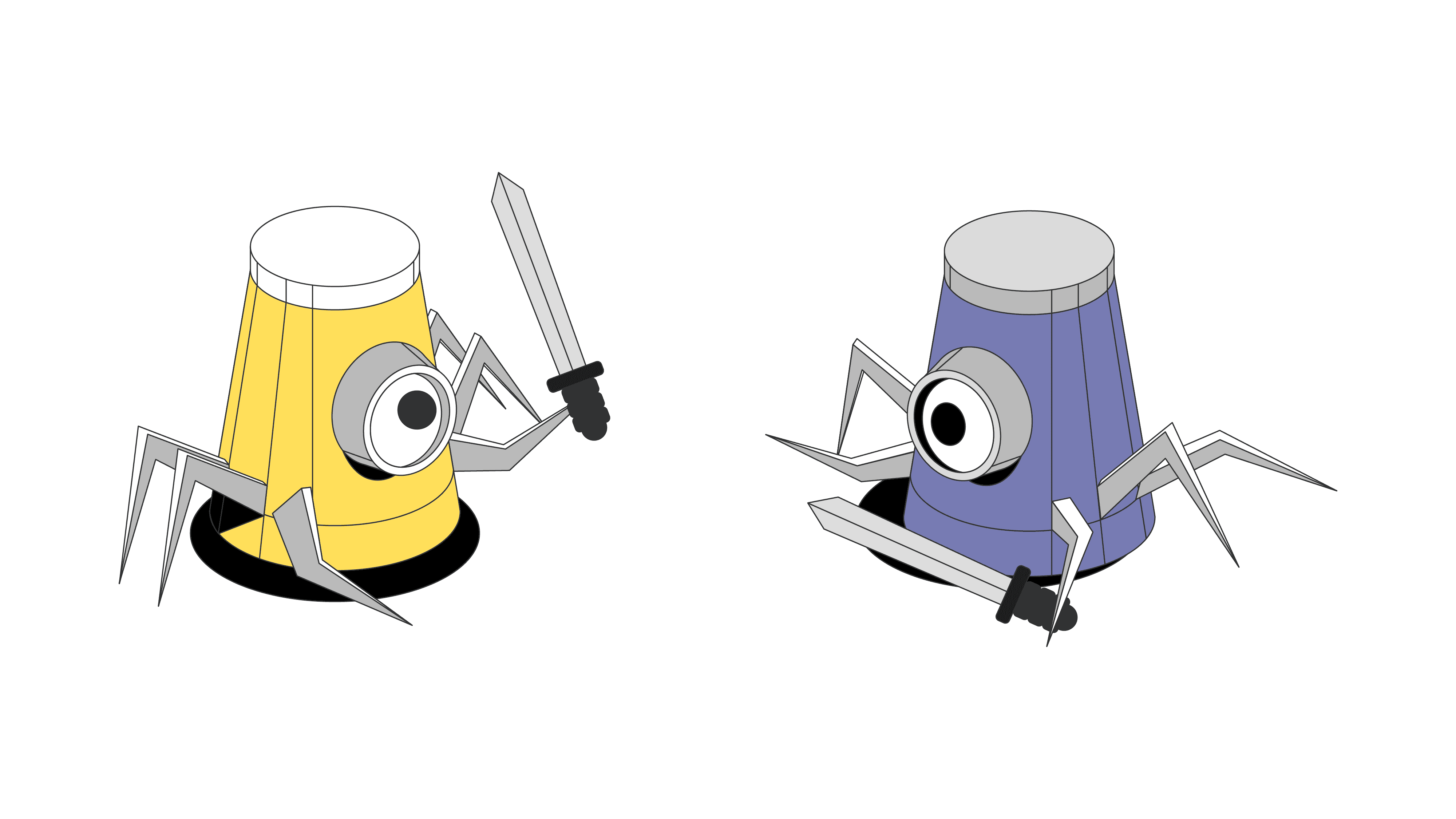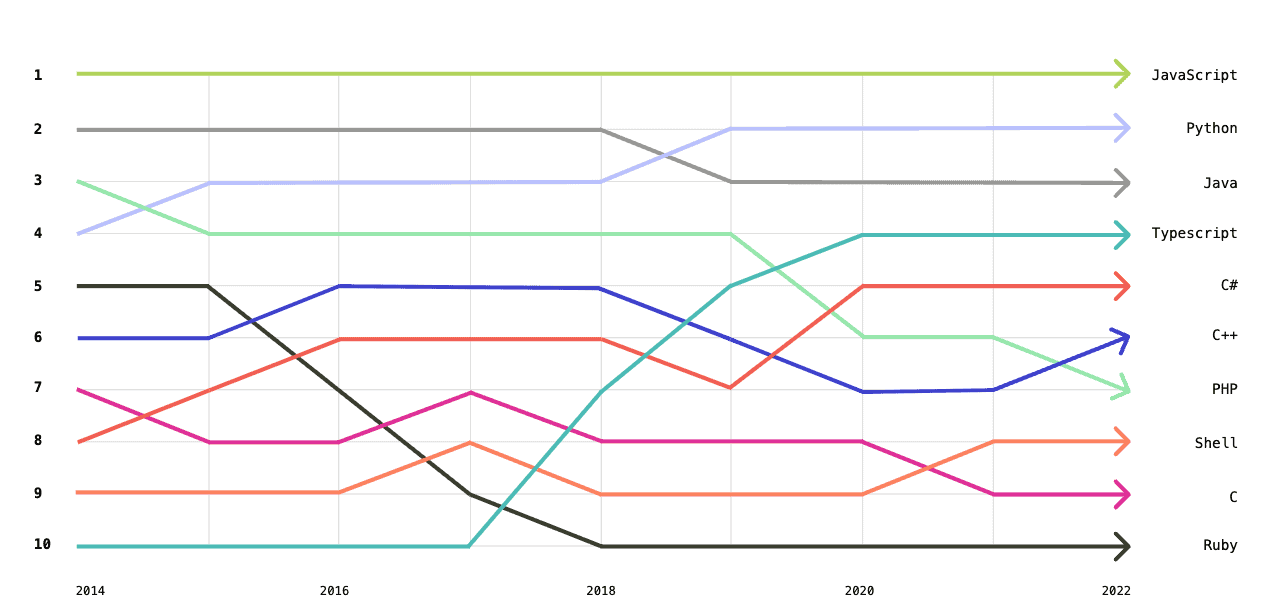Web Scraping Python vs. PHP: Which One to Pick?
When building a custom web scraper, you might find yourself wondering which programming language is the most suitable for your project. Let’s see whether Python or PHP is better for your use case.

Web scraping is widely used in many industries – business professionals, researchers, and even individuals collect various data about price comparison and market analysis, as well as research and lead generation. While there are quite a few programming languages that can handle web scraping, Python and PHP stand out as the two popular choices.
Python is known for its simplicity and multiple helpful libraries, while PHP, primarily used for web development, also offers powerful scraping capabilities and easy integration with other web applications.
In this guide, we’ll compare Python and PHP for web scraping, breaking down their strengths, weaknesses, and use cases to help you make the right choice for your project.
What Is Python?
Python is a high-level, versatile, mostly server-side programming language developed in the 90s, and still widely used today.
It’s known for code readability, simplicity, and a large amount of supplementary libraries. Python can be used in various fields, including web development, data analysis, as well as artificial intelligence. With its easy-to-read syntax, Python is often a preferred choice for both beginners and experienced developers.
The language is particularly useful for web scraping due to its powerful libraries. For example, BeautifulSoup is excellent for data parsing, Requests – for sending HTTP requests to websites, and Selenium automates browsers, making scraping data from dynamic elements easy. These tools provide efficacy for the entire scraping process.
What Is PHP?
PHP is a server-side scripting language primarily used for web development. Millions of websites are powered by PHP because of its ability to generate dynamic web pages and interact with databases.
PHP is commonly used for content management systems, e-commerce platforms, and various API integrations. However, it can also be used for web scraping, especially when data extraction needs to be integrated directly into a website. For example, web applications like that scrape airline websites and immediately display the results for the user would benefit from a PHP-based scraper.
With built-in tools like cURL and DOMDocument, PHP allows you to extract and sort data retrieved from the web.
Web Scraping Python vs. PHP: Feature Overview
Python and PHP are both viable options for data extraction, but they differ in syntax, use cases, popularity, and performance. Let’s review in-depth on how both languages compare.
Python is ideal for both small and large scraping projects, making it great for scraping basic HTML as well as dynamic, JavaScript-heavy sites. It’s fast, handles extracted data really well, and has tons of resources for learning.
PHP, on the other hand, relies on built-in functions to support scraping, so it is rather limited. It may be a slightly unorthodox choice for scraping, but it still has its use cases, especially when you need a scraper integrated within a web application.
| Python | PHP | |
| Ease of use | Very easy to learn | Medium difficulty for learning |
| Popular libraries and features | BeautifulSoup, Selenium, Requests | cURL, DOMDocument, SimpleHTMLDOM |
| Performance | Fast and efficient for large-scale scraping | Typically very fast, slower for complex scraping tasks |
| JavaScript handling | Yes, with Selenium library | Limited support |
| Community support | Large community, great documentation | Small scraping community, great documentation |
| Typical use cases | Data analysis, large-scale scraping | Web-based applications, basic scraping tasks |
Popularity
Python is no doubt the more popular of the two languages. Being an easy-to-use, multi-purpose language, it offers flexibility, making it a perfect choice for a broad range of tasks.
PHP, on the other hand, is most commonly used for backend development – it powers over 70% of modern websites and web applications, and is the leading language for server-side development.
In terms of web scraping, Python is a more common choice, too. That’s mainly due to its extensive scraping library collection, simplicity, and large scraping enthusiast community. Nevertheless, PHP is often a preferred choice for light scraping tasks, especially for people already familiar with the language.

Prerequisites and Installation
Getting both Python and PHP is relatively simple: all you have to do is download the packages from their respective websites (download Python; download PHP) and follow the installation steps. Though, the process might differ based on the operating system you use.
Getting Python
To get Python for Windows, download the Python package, and open the .exe file. Follow the installation wizard. Then, check if it was successfully installed by running python –version in Command Prompt. It should print the current version of Python on your device.
To get Python for macOS, download the Python package from the official website, open the .pkg file, and follow the installation instructions. Check if it was installed by running python3 –version in Terminal. If you see a version number printed, Python was installed successfully.
Getting PHP
Install PHP on Windows by downloading the package and extracting the ZIP file into a folder of your choice. Once you do so, add PHP to System PATH – go to Control Panel -> System -> Advanced -> Advanced system settings -> Environment variables. Under System variables, find Path, click Edit, and add C:\yourfolder.
Note: use the exact name of the folder you extracted PHP in.
To check if it was installed successfully, open Command Prompt, and run php -v. It should show the PHP version installed on your computer.
To install PHP on macOS, you’ll need a third-party package manager like Homebrew. Install Homebrew by running the following command in Terminal:
/bin/bash -c "$(curl -fsSL https://raw.githubusercontent.com/Homebrew/install/HEAD/install.sh)"
It will download and install Homebrew. Then, follow the installation instructions. After the installation, you can run brew –version to confirm (it should print the installed Homebrew version).
Once you have the package manager, you can easily install PHP by running brew install php in the Terminal.
Performance
Python is a relatively fast language on its own, but it can be further optimized with libraries like asyncio and aiohttp (for sending asynchronous requests concurrently instead of one-by-one). However, complex operations might take longer due to overhead. Nevertheless, Python is better suited for large scraping tasks. Even though it might take slightly longer to complete them, it still works through large amounts of data more efficiently thanks to fast-paced libraries.
PHP generally is faster than Python because it works natively on the server. It’s also lighter on resources (i.e., CPU, memory) and performs better with basic scraping tasks, like collecting comments from a simple, HTML-based forum. Unfortunately, the speed significantly drops and resource usage increases once you start scaling up.
Best Use Cases
Both Python and PHP have their own set of strengths and thus, should be used in different scenarios.
Python has various helpful libraries to expand its capabilities, so it’s excellent for handling complex scraping tasks, especially where JavaScript-based websites are involved. With Selenium or Playwright installed, Python-based scrapers can interact with the web page and extract data from dynamic elements.
Additionally, Python-based web scraper is well-suited for large-scale data collection because it supports asynchronous operations (performs multiple operations at the same time instead of one at the time). If you’re also planning to analyze scraped data, Python should be your preferred choice – with libraries like BeautifulSoup, you can parse the information easily. Lastly, it’s very easy to start scraping with Python due to its simple syntax.
PHP, on the other hand, is extremely useful if you’re planning to integrate scraped data directly into a web application (i.e., update product prices in real-time). In addition, PHP is great for lightweight scraping – cURL and DOMDocument packages make it quite easy to scrape data from websites like basic e-commerce sites or online forums. Unfortunately, PHP has very limited support for dynamic webpages.
If you’re a developer primarily working with PHP, you don’t need to learn another language just for scraping. That can make PHP very cost- and resource-effective.
Community Support and Documentation
Being one of the most popular programming languages, Python has extensive documentation and a community of developers and enthusiasts behind it. You can find beginner’s guides, books, series of podcasts and other resources directly on Python’s website.
It also has large dedicated scraping communities on websites like Reddit, GitHub, or StackOverflow that will gladly help you if you find yourself stuck.
PHP, however, is lacking in terms of scraping-focused community and documentation – it has some resources for learning, but you won’t find much material. Its scraping community is active but also significantly smaller.
Choosing Between Python and PHP
It might not be easy to pick a language for your web scraping project because both PHP and Python have their own unique strengths. Therefore, when deciding which language to use, consider the following:
- Pick Python if you’re planning to scrape large amounts of web data, work with dynamic (JavaScript-heavy) web pages, or need to process, clean, and analyze data efficiently. Python is also ideal for automation and machine learning applications.
- Choose PHP if you’re working within a PHP-based web environment, or need simple scraping within a web application without additional dependencies. Also useful if you’re already somewhat familiar with the language.
Ultimately, we would say Python is the better choice for most web scraping tasks due to its readability, ease of use, and rich ecosystem. However, PHP can be a suitable option for people who are already familiar with the programming language and need to perform lightweight scraping tasks.
Alternatives to Python and PHP
If you want to try a completely different language for web scraping, you could pick Node.js. It’s a popular JavaScript-based language often used for scraping. While it can be slightly more difficult to learn, it’s very scalable, has a huge scraping community, and is probably the best option for extracting data from dynamic websites.
Everything you need to know about web scraping with Node.js and JavaScript in one place.
Alternatively, we compiled a list of other programming languages you can use for web scraping. Keep in mind that each language has its own pros and cons, varying performance, community support, and ideal use case.
We compare seven popular programming languages for web scraping.